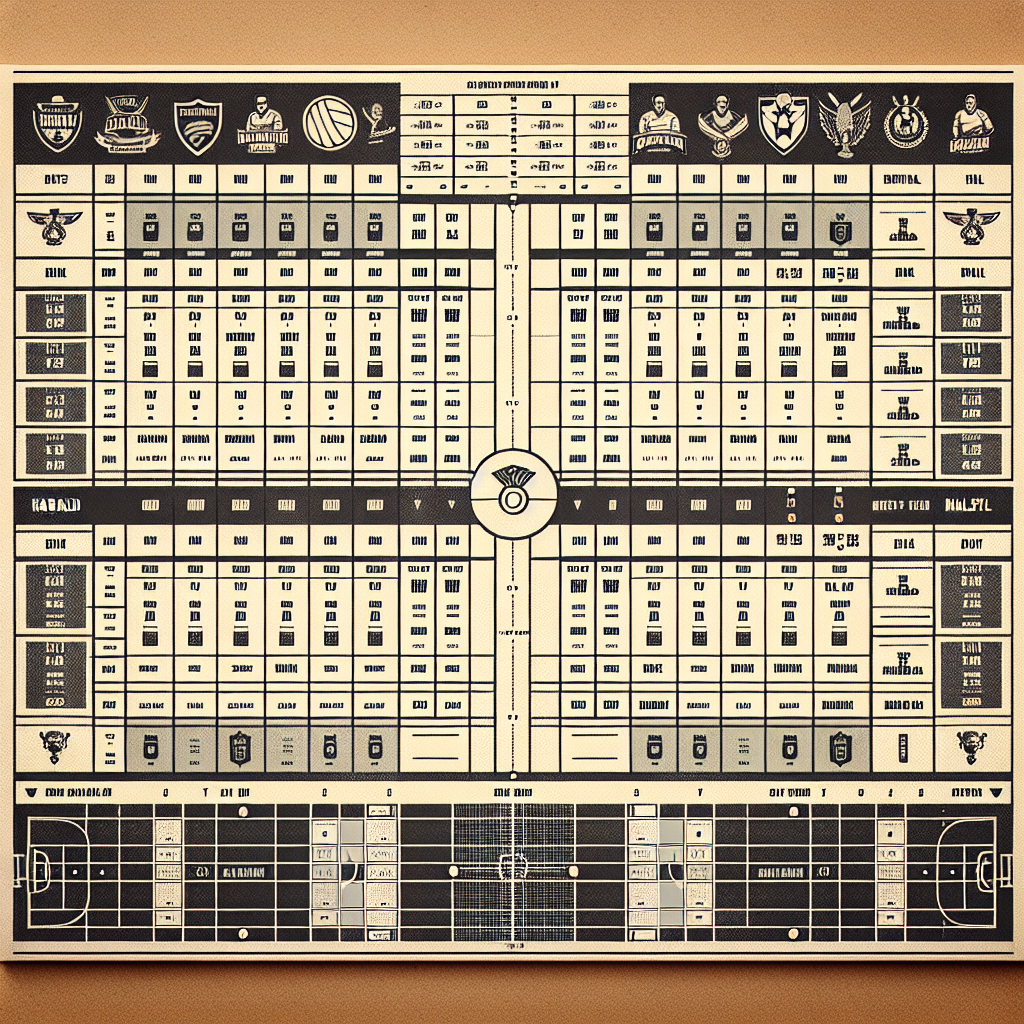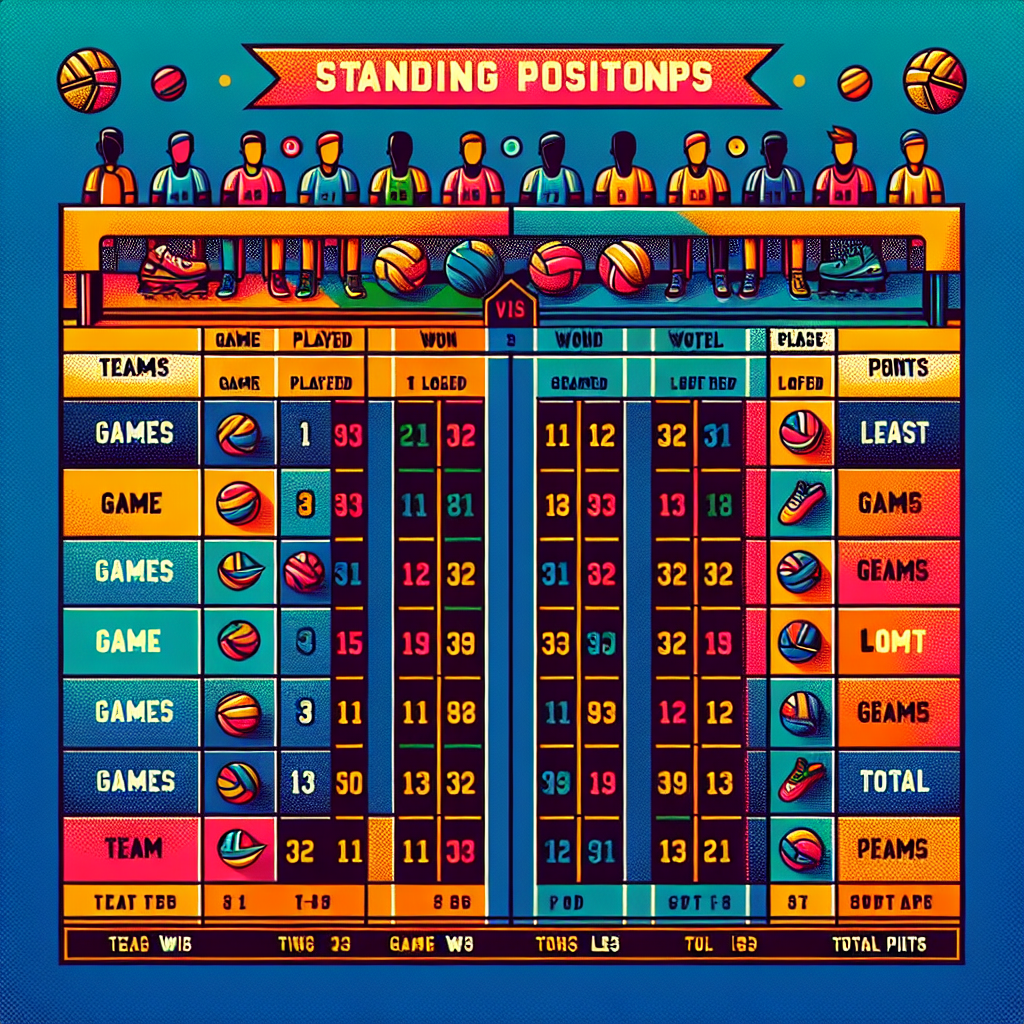Understanding the Pro Kabaddi Time Table: A Comprehensive Guide

Kabaddi, a sport deeply rooted in Indian culture, has gained immense popularity over the years, especially with the advent of the Pro Kabaddi League (PKL). The league has not only revived interest in the sport but has also brought it to the forefront of international sports. One of the key aspects that fans and teams alike eagerly anticipate is the Pro Kabaddi time table. This article delves into the intricacies of the Pro Kabaddi time table, offering insights into its structure, significance, and impact on the league.
The Evolution of Pro Kabaddi League
The Pro Kabaddi League was launched in 2014, inspired by the success of the Indian Premier League (IPL) in cricket. The league aimed to bring a professional structure to kabaddi, a sport traditionally played in rural India. Over the years, PKL has grown exponentially, with increased viewership, sponsorships, and international participation.
Key Milestones in PKL History
- 2014: Inaugural season with eight teams.
- 2017: Expansion to 12 teams, introducing a new format.
- 2019: Introduction of the “Super Playoffs” format.
- 2021: Return after a hiatus due to the COVID-19 pandemic.
Structure of the Pro Kabaddi Time Table
The Pro Kabaddi time table is meticulously crafted to ensure a smooth and engaging tournament. It is designed to accommodate the league’s format, which includes a round-robin stage followed by playoffs. The time table is crucial for teams, broadcasters, and fans, as it dictates the flow of the tournament.
Components of the Time Table
- Round-Robin Matches: Each team plays against every other team twice, once at home and once away.
- Playoffs: The top six teams qualify for the playoffs, which include eliminators, qualifiers, and the final.
- Rest Days: Strategically placed to ensure player recovery and maintain high performance levels.
Significance of the Pro Kabaddi Time Table
The time table is not just a schedule; it is a strategic tool that impacts various aspects of the league. From team preparations to fan engagement, the time table plays a pivotal role in the success of the Pro Kabaddi League.
Impact on Teams
For teams, the time table is crucial for planning training sessions, strategizing for matches, and managing player workload. Coaches and support staff analyze the schedule to optimize team performance and ensure players are in peak condition for crucial matches.
Fan Engagement
The time table is a key driver of fan engagement. It allows fans to plan their viewing schedules, attend matches, and participate in fan activities. The league’s organizers often schedule marquee matches on weekends or holidays to maximize viewership and stadium attendance.
Case Studies: Successful Time Table Strategies
Several strategies have been employed in the past to enhance the effectiveness of the Pro Kabaddi time table. These strategies have not only improved the league’s operations but have also contributed to its growing popularity.
Case Study 1: The 2017 Expansion
In 2017, the league expanded from eight to 12 teams, necessitating a complete overhaul of the time table. The organizers introduced a zonal format to manage the increased number of matches. This strategy ensured that teams played more local derbies, which boosted regional fan interest and increased stadium attendance.
Case Study 2: The 2019 Super Playoffs
The introduction of the “Super Playoffs” in 2019 added an extra layer of excitement to the league. The time table was adjusted to accommodate this new format, which included additional matches for the top teams. This change not only increased the competitiveness of the league but also kept fans engaged until the very end of the tournament.
Challenges in Crafting the Pro Kabaddi Time Table
Creating a time table for a league as dynamic as the Pro Kabaddi League is not without its challenges. Organizers must consider various factors to ensure a fair and balanced schedule.
Balancing Team Travel
With teams spread across different regions, travel logistics can be challenging. The time table must be crafted to minimize travel fatigue for players, ensuring they have adequate rest between matches.
Broadcasting Considerations
Television and digital broadcasting play a significant role in the league’s revenue. The time table must align with prime viewing slots to maximize viewership and advertising revenue.
Future Trends in Pro Kabaddi Time Table
As the Pro Kabaddi League continues to evolve, so too will its time table. Future trends may include further expansion, technological integration, and innovative scheduling strategies to enhance the league’s appeal.
Technological Integration
With advancements in technology, future time tables may incorporate data analytics to optimize match scheduling. This could include analyzing player performance data to schedule matches that maximize competitiveness and fan interest.
Global Expansion
As kabaddi gains international recognition, the league may explore opportunities for global expansion. This could involve scheduling international matches or incorporating international teams, which would require a more complex time table.
Conclusion
The Pro Kabaddi time table is a critical component of the league’s success. It not only dictates the flow of the tournament but also impacts team performance, fan engagement, and the league’s overall appeal. As the league continues to grow, the time table will undoubtedly evolve to meet new challenges and opportunities. By understanding the intricacies of the Pro Kabaddi time table, fans and stakeholders can better appreciate the strategic planning that goes into making the league a resounding success.
In summary, the Pro Kabaddi time table is more than just a schedule; it is a strategic blueprint that shapes the league’s operations and success. As kabaddi continues to capture the hearts of fans worldwide, the time table will remain a vital tool in ensuring the league’s continued growth and popularity.




